Here’s What a Master Pyrotechnician Thinks About Crisp Heritage Malt
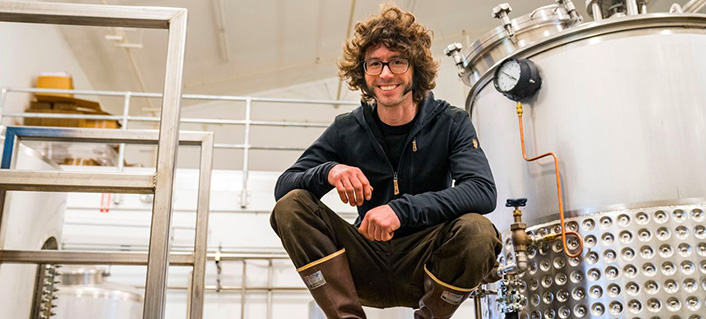
Greetings, Grain Brains. It’s our big BSG pleasure to welcome Nick Gislason to the blog. Gislason is Head Brewer and Owner of Hanabi Lager Co., a brewery he manages with his wife Jennifer Angelosante out in Napa, California. Together they’re laser-focused on producing “grain-forward lager” – clean, crisp, and flavorful beers that showcase the subtle beauty and complexity of heirloom barley varieties. In fact, two such barley varieties from Crisp Heritage Malts appeared in recent Hanabi brews: Haná and Chevallier.
Before we get into all that, however, we’re going to let Nick talk a bit about making wine and handling powerful explosives for the amusement of small children.
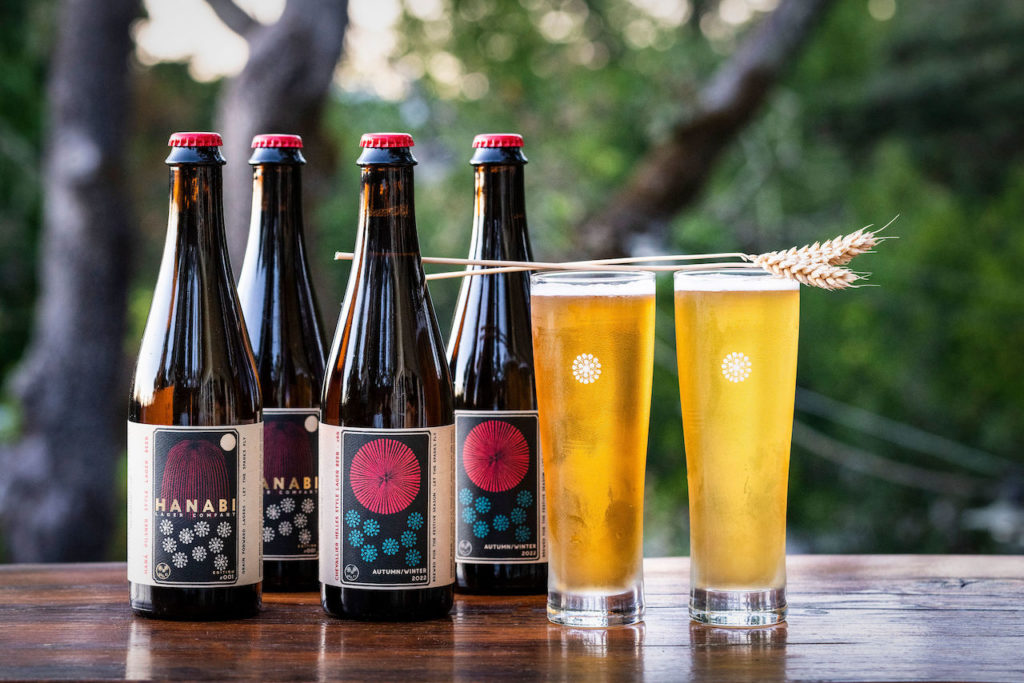
BSG: Hello. Please state your name and title.
Gislason: I am Nick Gislason, owner and brewer of Hanabi Lager Co.
BSG: Could you tell us about your background?
Gislason: I grew up in the San Juan Islands. Homebrewing was a family endeavor; my uncle was an avid homebrewer since the ‘70s. He took me and my brother under his wing when we were 12 or 13 and we gained a love for it very young.
When I went off to college in Bellingham, Washington, I immediately got a brewing job at Boundary Bay Brewing. I just loved it and knew right away brewing was something I would do, probably forever. I stayed there 5 or 6 years, and around the time I was about to graduate, I knew I wanted to work outside again — in agriculture.
In 2006 I decided to pursue winemaking as a career and full-time occupation. But brewing never really left us. My wife and I have been making elaborate homebrews for our community this whole time, wherever we’ve moved. This continued when we came to Napa in 2007; we began making beer for winemakers, vineyard people, and others in the industry. The saying is true: “It takes a lot of beer to make a little good wine.”
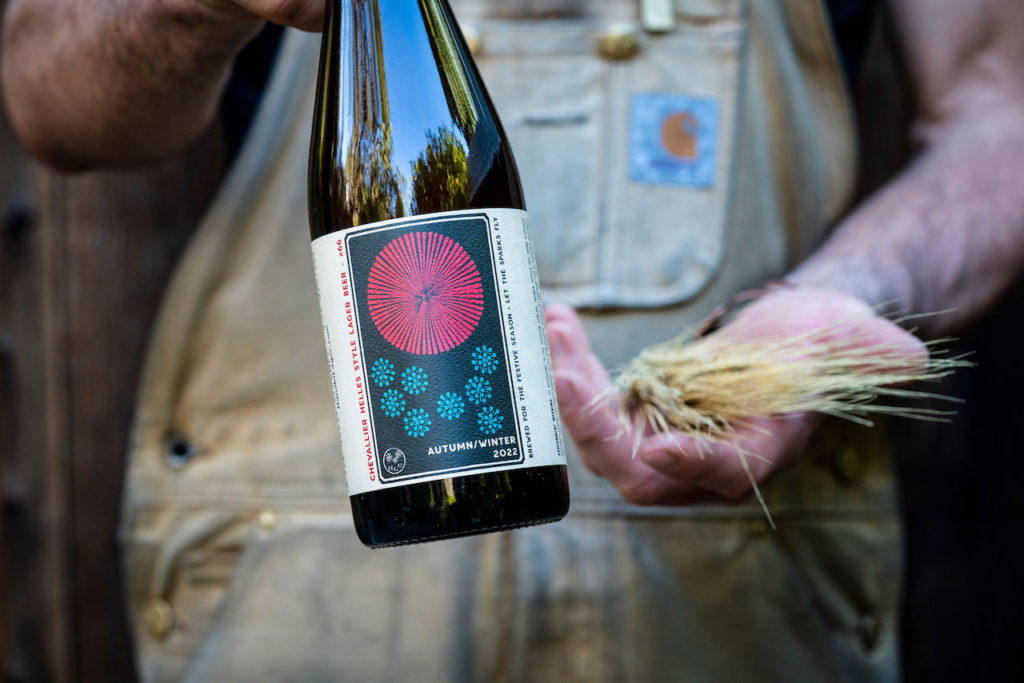
BSG: Where’d you get the name for Hanabi Lager Co.?
Gislason: Hanabi is the Japanese word for fireworks. Hana means Fire and Bi [pronounced Bee] means Flower. When I was 12 a community organization in Washington state took me on as an Apprentice Pyrotechnician. They’ve been going since 1951. When the Fireworks Master before me was looking at retiring, he saw a curious and eager kid and took me under his wing. I took over management of the group in 2004. We do traditional Japanese fireworks, Hanabi style. It’s a giant show, every year. When my wife and I decided to start the brewery, this name captured what we were going for.
More on Hanabi Style Fireworks, From Nick Gislason
These fireworks were developed in Tokyo in a peaceful time, almost as a form of prayer, or as a way of getting community together. This was in the 1700s during a cholera epidemic. Someone decided to do a public display of fireworks and Hanabi helped foster a sense of community. Hanabi fireworks are designed to emulate and symbolize nature – flower, trees, weather patterns, even human life. We brew beers to emulate nature too, by bringing out the beauty of the ingredients we’re using.
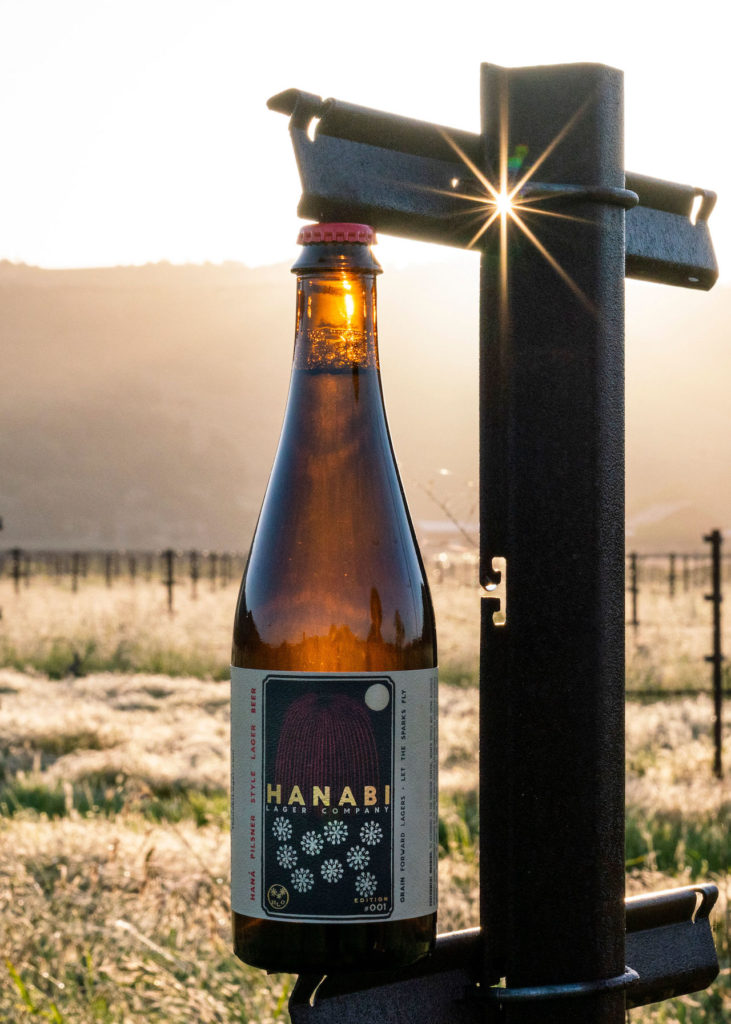
BSG: We’ve heard you talking about grain-forward beer. We like the sound of that. Care to say more?
Gislason: As a winemaker, you’re obsessed with understanding the ingredients all the way back to the field. We want to carry that over to brewing and grains. What variety is it? What are the attributes of it? What does it taste, smell, and feel like? Where are they growing it? Who’s growing it? How are they growing it? All these questions are opportunities to elevate the quality of the beverage, and it’s all intellectually fascinating to us as brewers.
So, we scour the world for interesting varieties of grains to brew with, and we tailor our processes to showcase what they can do. We mostly use barley but also some wheat and some spelt. In particular, we have an interest in heirloom and older varieties of grains. We think there’s some really delicious flavor to get into there and [take] a lot of pleasure in sharing it.
BSG: Seems like now’s a good time to talk about some of your beers. Let’s start with how Haná Pilsner Style Lager came about.
Gislason: Being lager focused, the opportunity to work with one of the foundational grain varieties for the Pilsner style felt very important to us. In the brewhouse, Haná [Heritage Malt] has this weight and seriousness that’s fairly atypical of more modern grain varieties. In a light style like Helles or Pilsner, it brings a lot of texture in the middle. It has a long length, and it allows us to create a powerful, complex beer that’s still clean and refreshing. We brought it in to brew a seasonal beer with it, but then we fell in love and developed our flagship Hanabi Pilsner around it.
With this particular grain, it felt like how Chardonnay is to wine. It works all the time with every type of food. It has roundness and pleasure, freshness and length – it’s a universally likeable flavor profile. This grain just always brings pleasure. We’ve found the best results come from decoction brewing – this opens the grains up really well. It’s a hearty grain and you’ve got to work to get that flavor out.
Learn more about Haná Pilsner Style Lager Beer
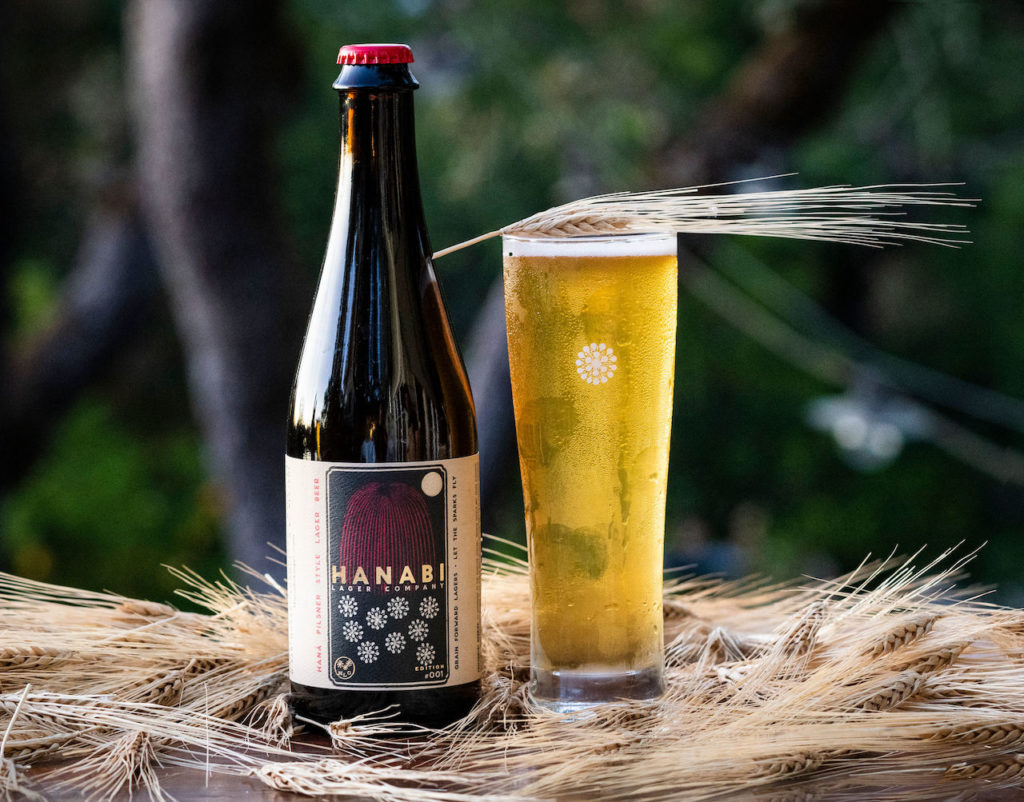
BSG: We’d like to hear about your current winter offering, too – Chevallier Helles Style Lager Beer. How did you come to brew with Crisp Chevallier?
Gislason: This was the first heirloom grain we got to work with in 2013 or 2014. We heard about a project to bring back a grain variety nobody had used in over 100 years. I said, “Sign us up.” We got 200 lbs. and we were among the first American brewers to brew with it.
We brewed a very simple beer and it was immediately apparent the heirloom grain had more depth and complexity than many of the modern varieties we knew. That was the light switch that opened our eyes to the way heirloom ingredients can elevate the flavor experience in beer.
Chevallier is in our current release, a Helles, for the autumn and winter season. We enjoy the redwood and hazelnut flavors — all those warm aromatics. We’re trying to think of seasonality to harmonize flavors across food and beverage, and these flavors pair perfectly with the foods of autumn and winter.
Learn more about Chevallier Helles Style Lager Beer
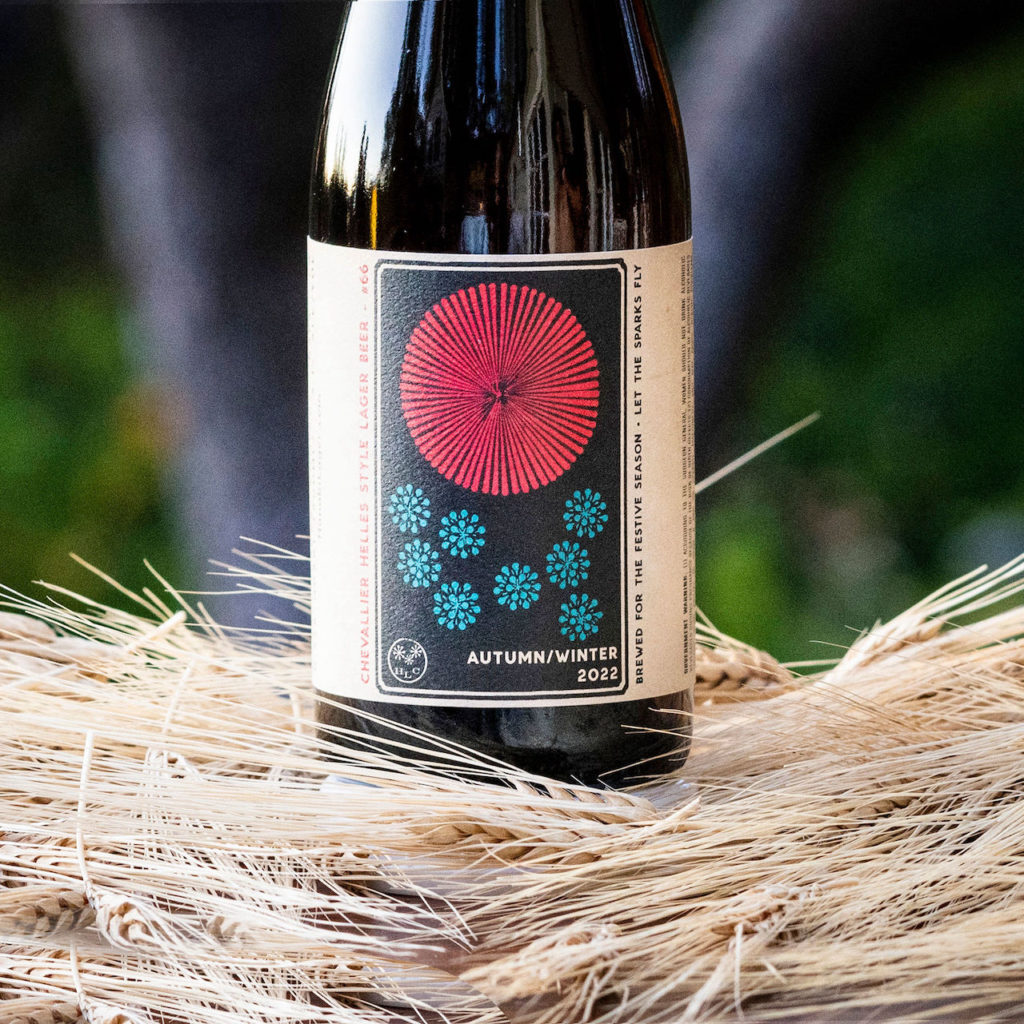
BSG: One last question before we go: What’s in your fridge these days?
Gislason: On the wine side, lately it’s been Côte-Rôtie from the northern Rhone and some spicy Sera from up there. On the beer side, some Belgians. Cantillon. And this time of year, Sierra Nevada Celebration puts us in a festive mood. We look forward to it all year. We love the classics.
BSG: Thanks so much for all your time and thoughts, Nick! Cheers!
Note: All images credited to Suzanne Becker Bronk